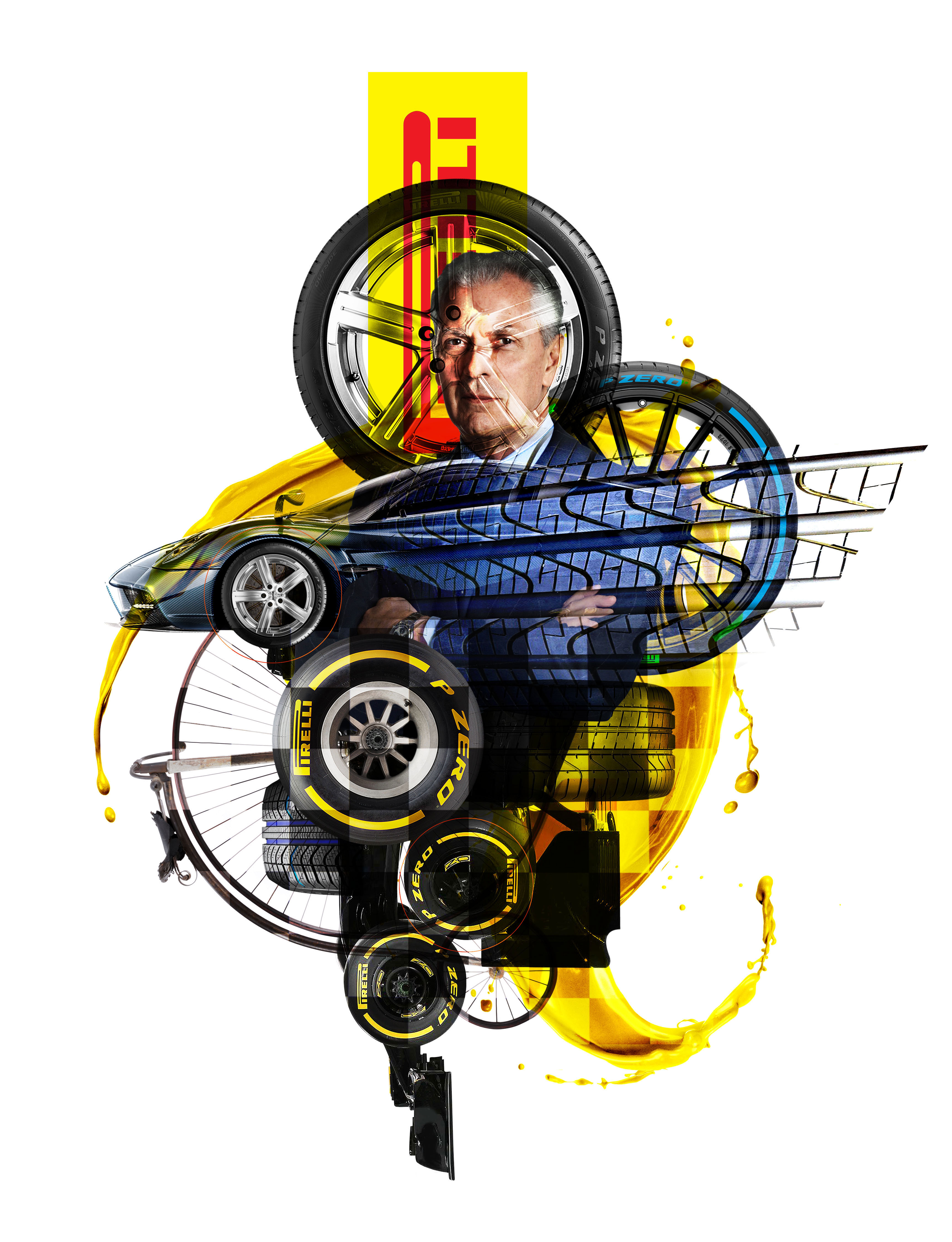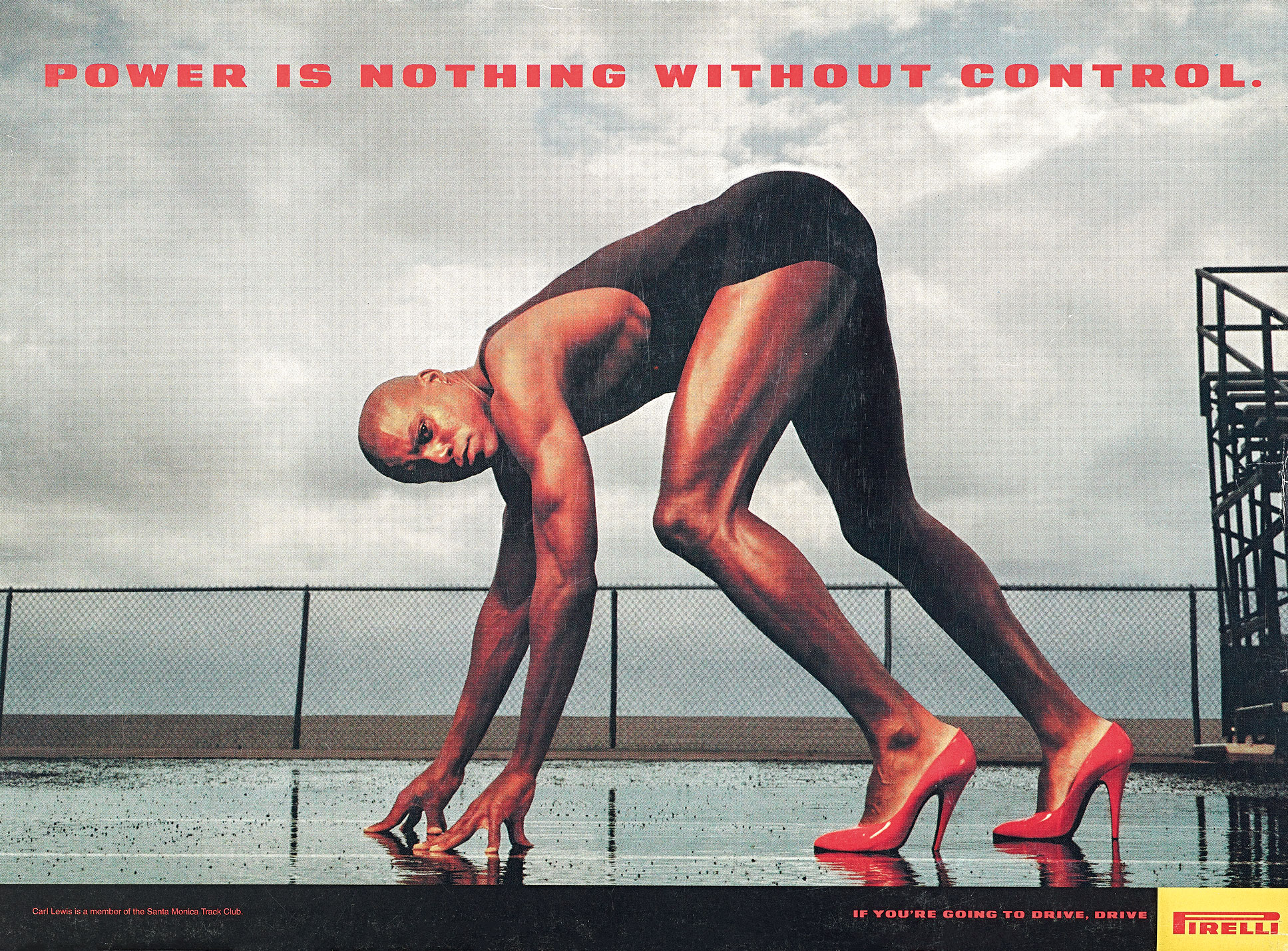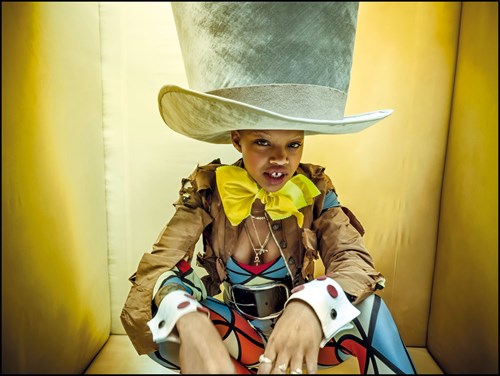For the IPO in 2017, your slogan became “Invest in a 145-year-old startup.” How did that come about? How did you share it?
We are continuously under transformation. A company must reinvent itself incessantly. That’s even more true today with digital technologies. So, when Maurizio Abet (Pirelli’s Senior Vice President for Communication) came to me with several proposals for slogans, I immediately opted for that one. We were spinning off the industrial part to allow the consumer business to focus fully on the high-end segment, so it seemed to have immediate resonance. We were also in a moment of digital transformation. That’s still going on and affects all processes, from corporate activity to new product development, to manufacturing. We are becoming a different Pirelli.
How did that tie in with your historic narrative?
Innovation is in our DNA, a curiosity for the future. You see it in the beginning of the 20th century with Giovanni Battista Pirelli exploring what could be done with natural rubber. From there, the first cableswere born, then the tires, with the same extreme attention over time to culture and society.
We believe society grows best when industry and culture drive on a common road. For that kind of harmonic development, you need an integration of entrepreneurship and culture, of business and society.
When we build a plant, we build it for the decades to come, so being part of the social fabric is critical. In the last two decades we’ve entered five new countries. Our integration includes everything from supporting local healthcare structures to building cultural links, sponsoring exhibitions or music. If you’re not involved in society and you’re not curious about the future of culture, of information, you will lose leadership. Leadership is a nonstop journey; if you think you’re arrived, it’s the beginning of your fall.
Can you tell us about the latest innovations, the use of color on tires for instance?
I love cars and I’m passionate about our products, but on its own, the tire lacks sex appeal. It’s functional. Black and round. So, the first challenge was to give it visual appeal. That’s why we launched colored tires. We are now working on a new version for next year.
The second challenge was to make the tire talk, which we’ve worked on over the last 20 years. Thanks to our work in racing (we are not only in Formula 1, but in more than 450 car and motorcycle championships), we’ve learned to perceive nuances that can project the potential winners during a race. They can see the quality of the driver, the quality of the vehicle, the state of the ground, all by looking at the tires. Through connected cars, this information can benefit everyone.




 , for a total of 45 editions, each with artistic photos of models – originally entirely female. Iman, Naomi Campbell, Cindy Crawford, Kate Moss and Gisele Bündchen have all appeared, along with some celebrities: in 1998, Bono, John Malkovich, B.B. King and Sonny Rollins; in 2007, Sophia Loren, Penélope Cruz and Naomi Watts.
, for a total of 45 editions, each with artistic photos of models – originally entirely female. Iman, Naomi Campbell, Cindy Crawford, Kate Moss and Gisele Bündchen have all appeared, along with some celebrities: in 1998, Bono, John Malkovich, B.B. King and Sonny Rollins; in 2007, Sophia Loren, Penélope Cruz and Naomi Watts.